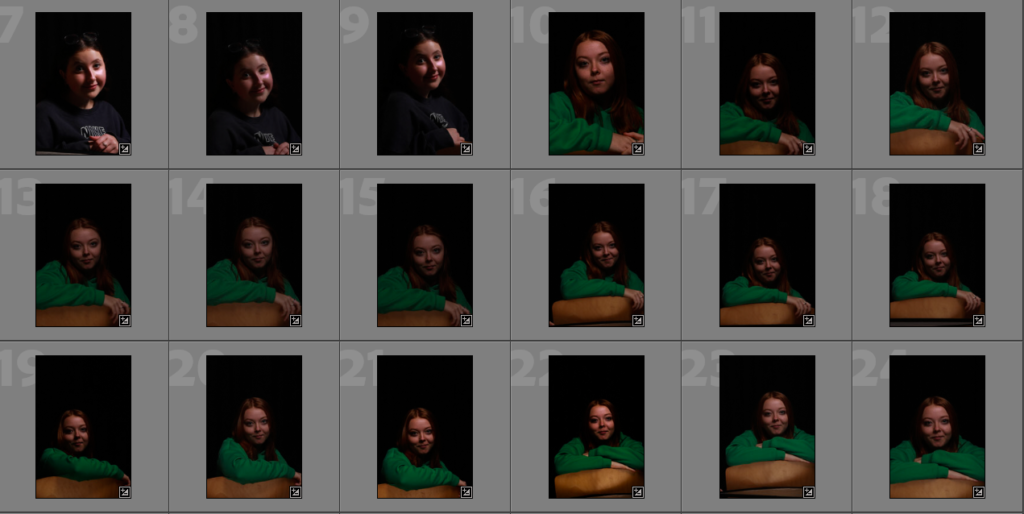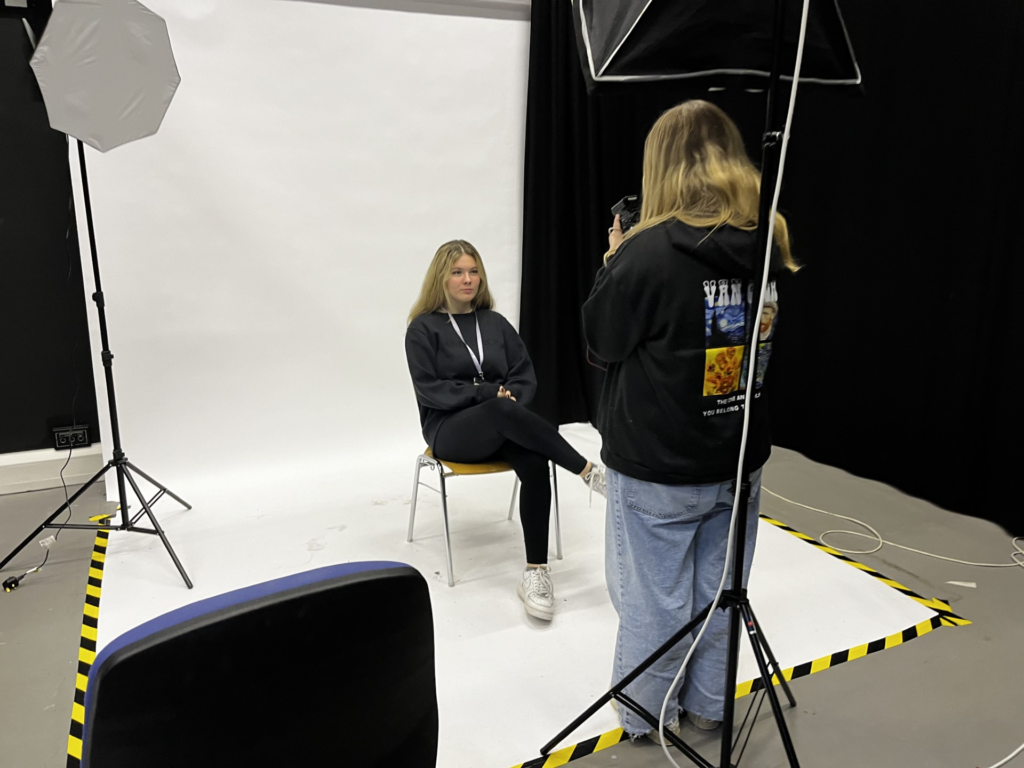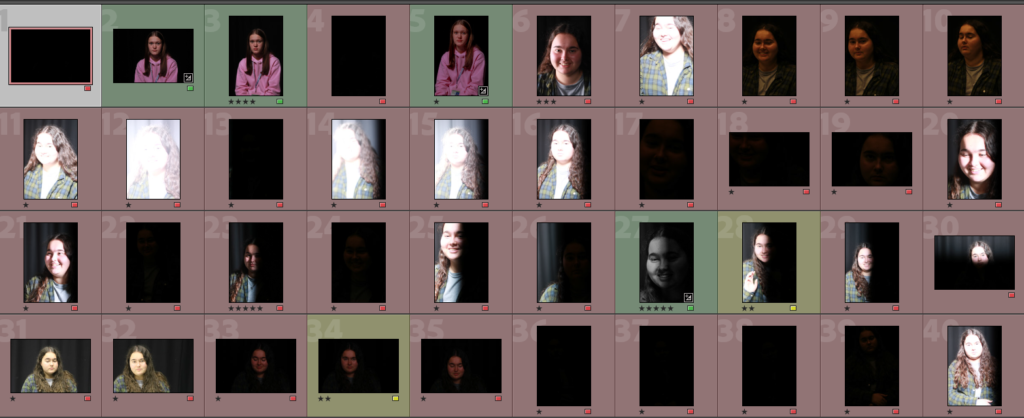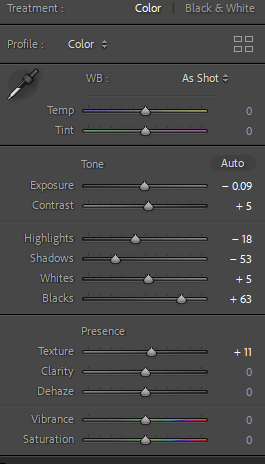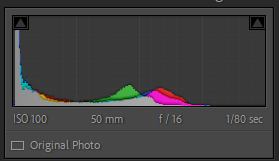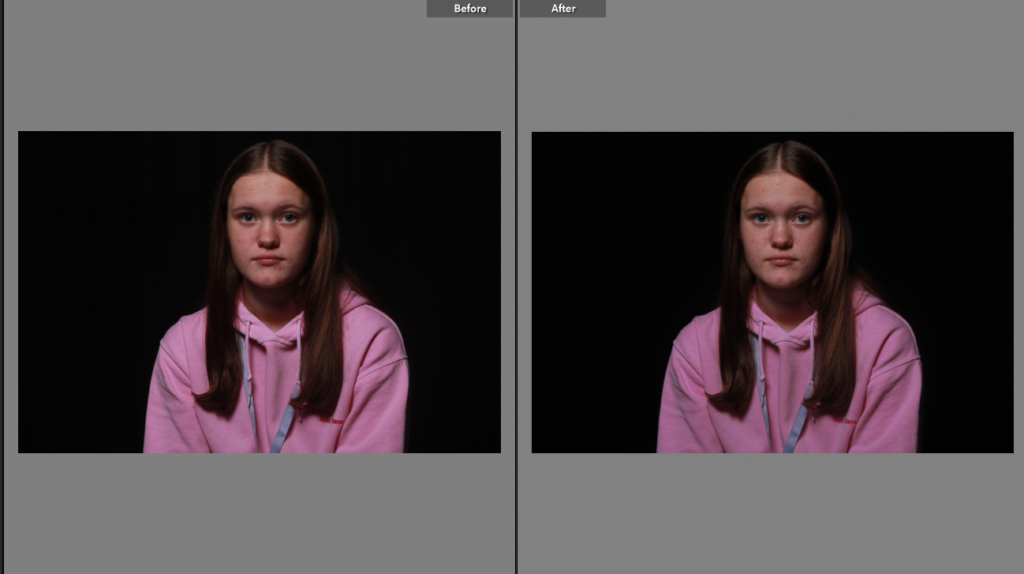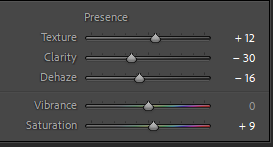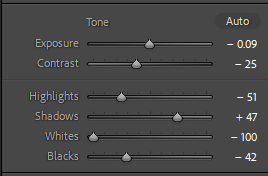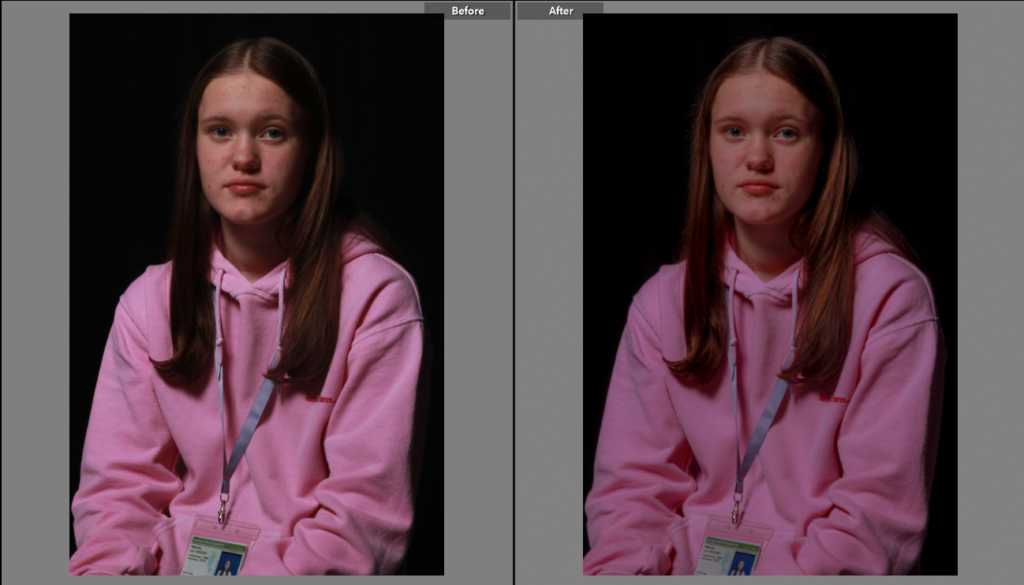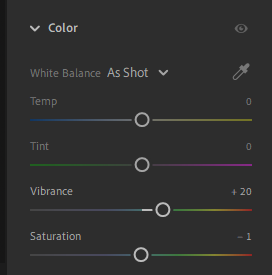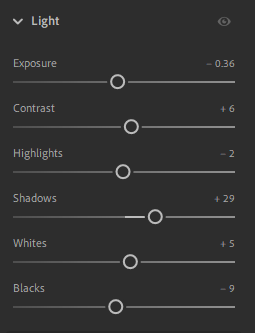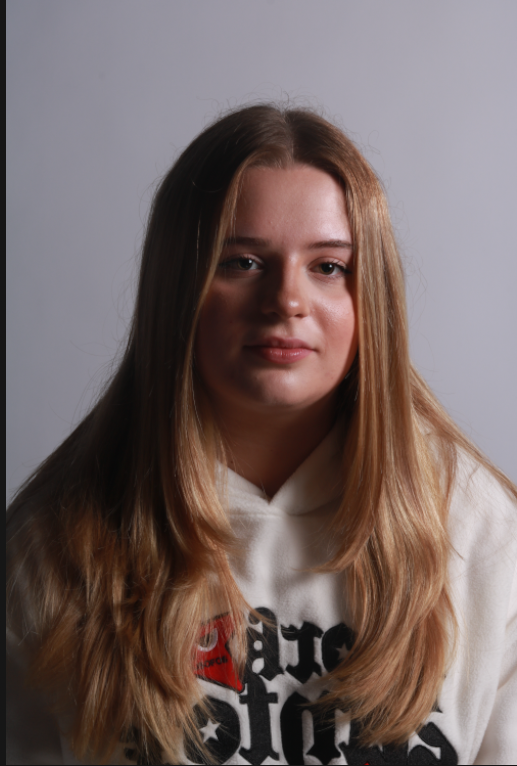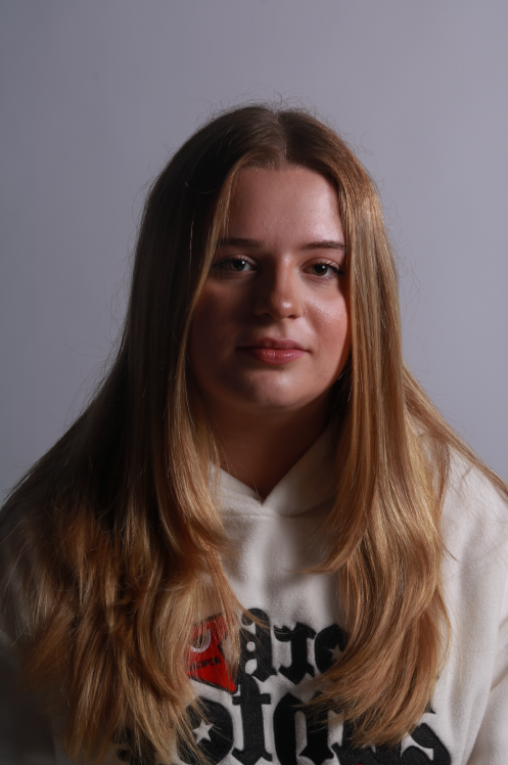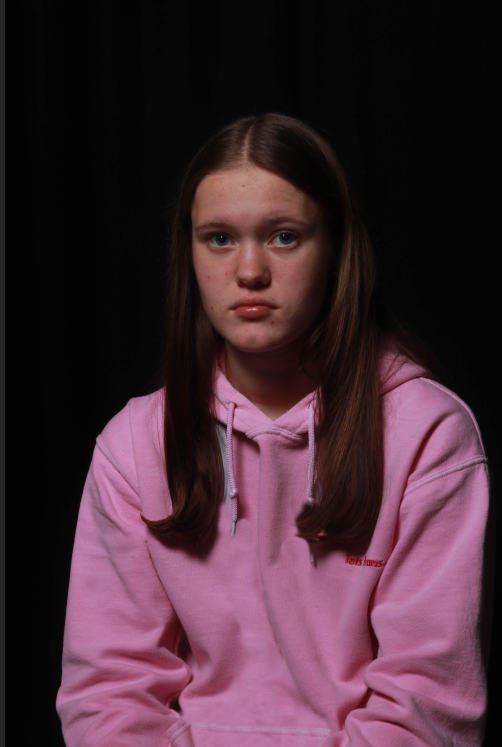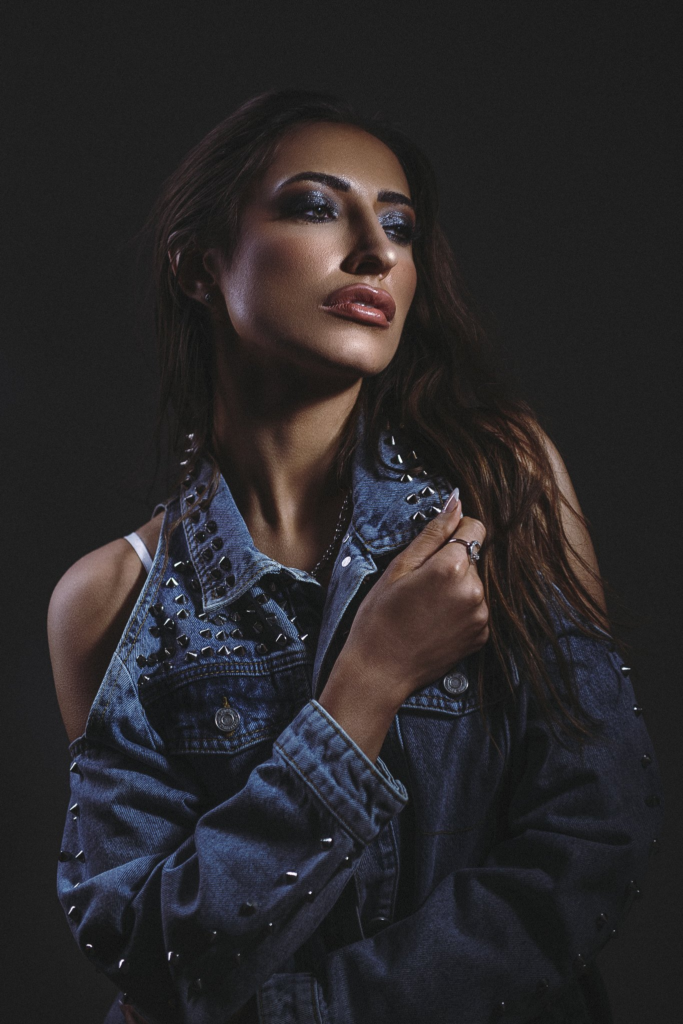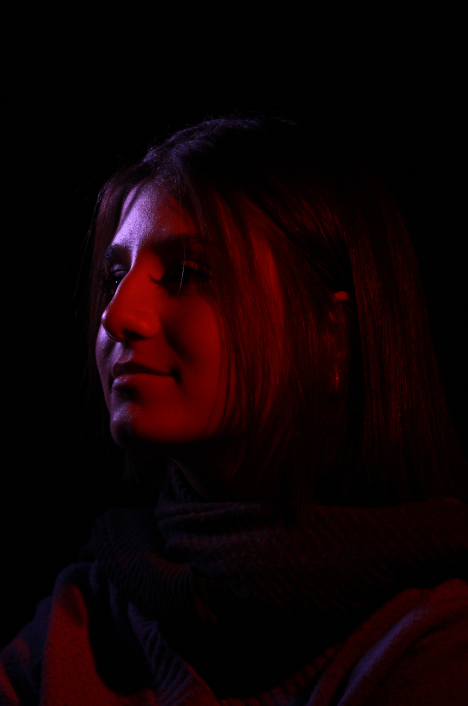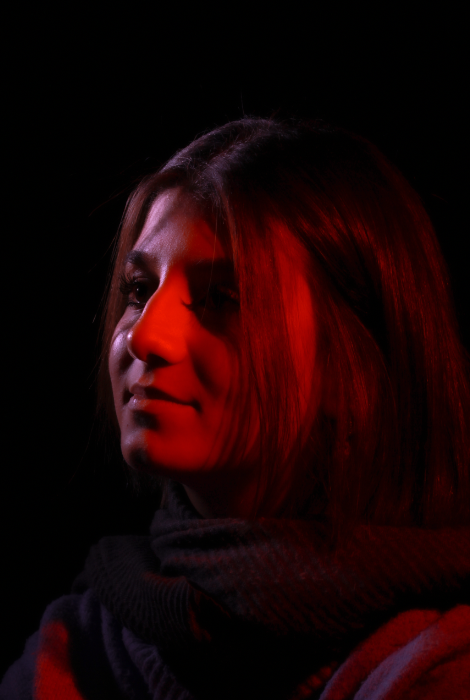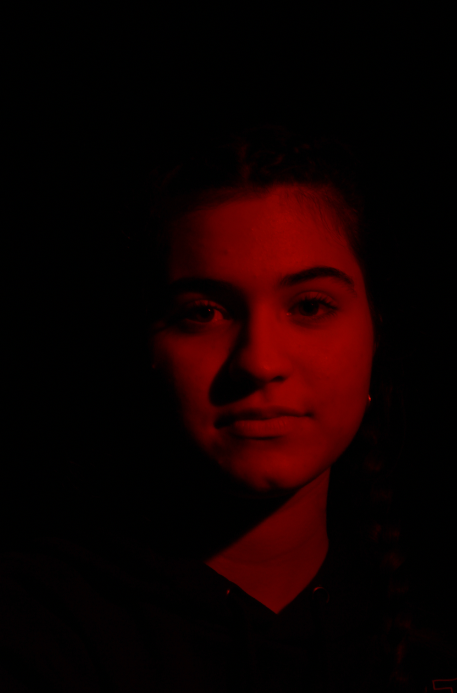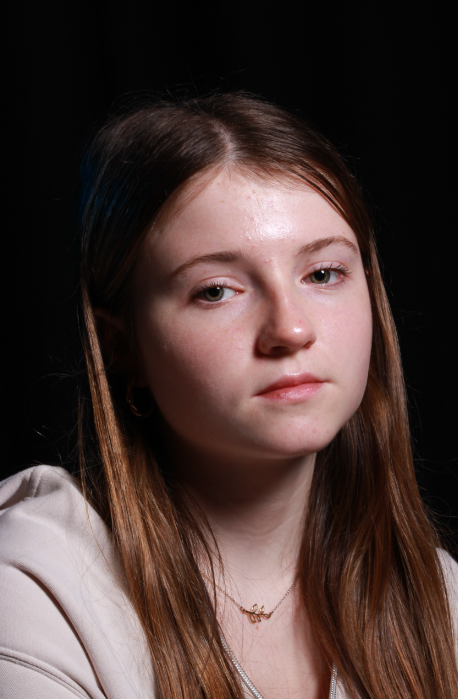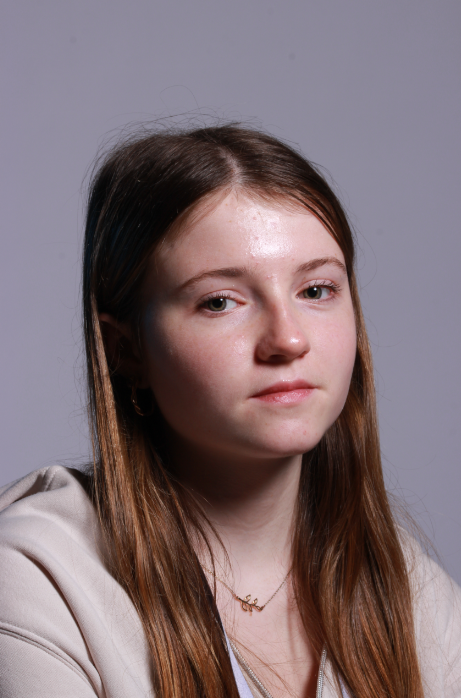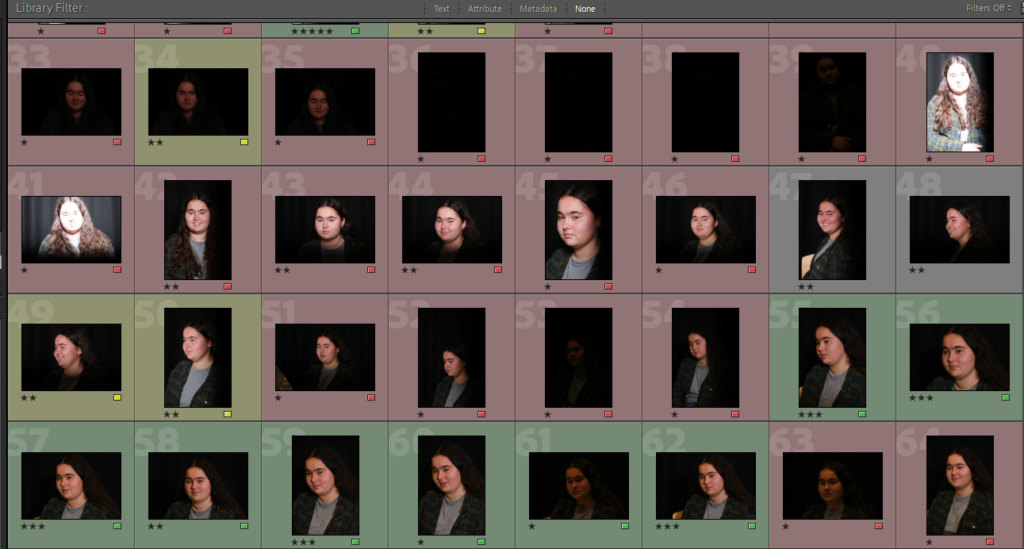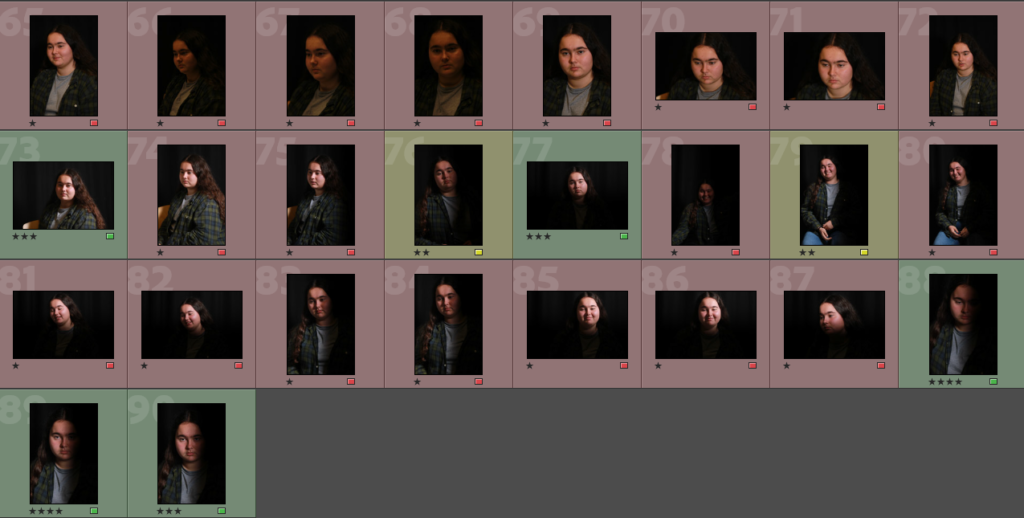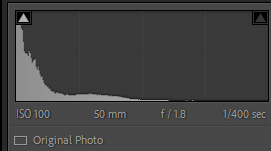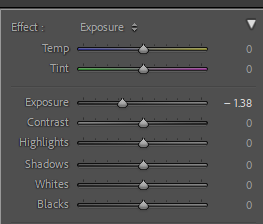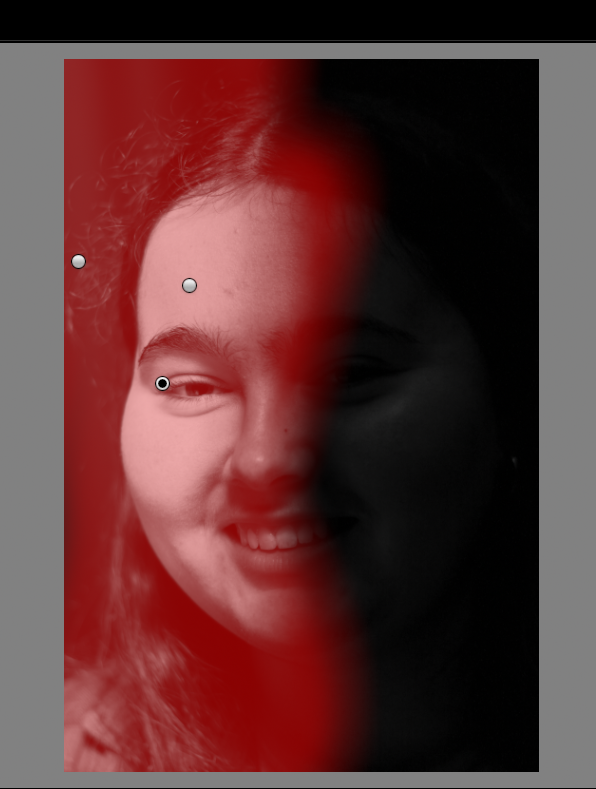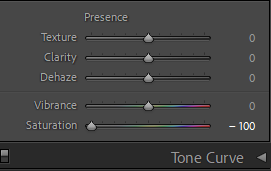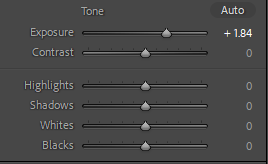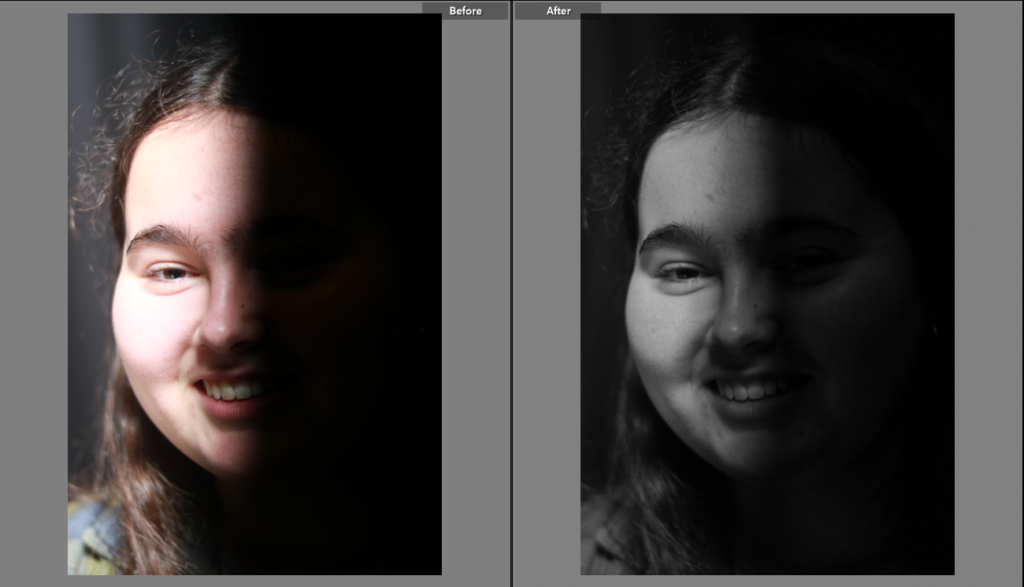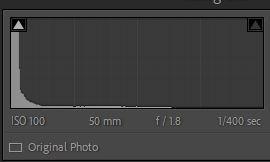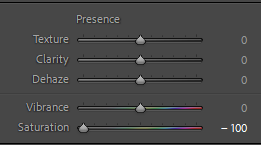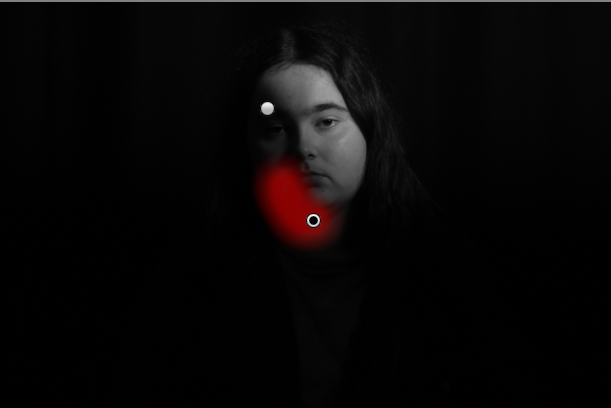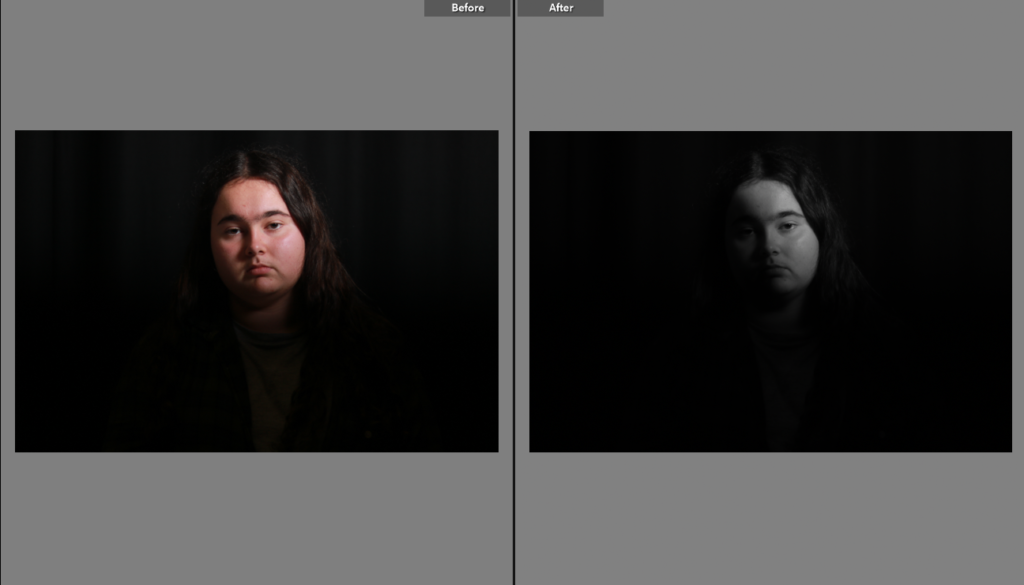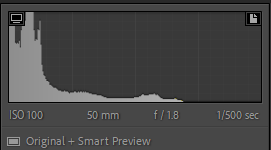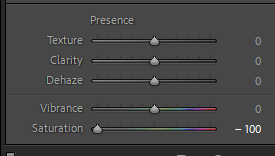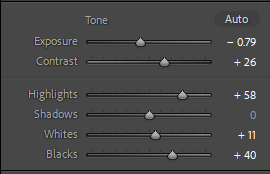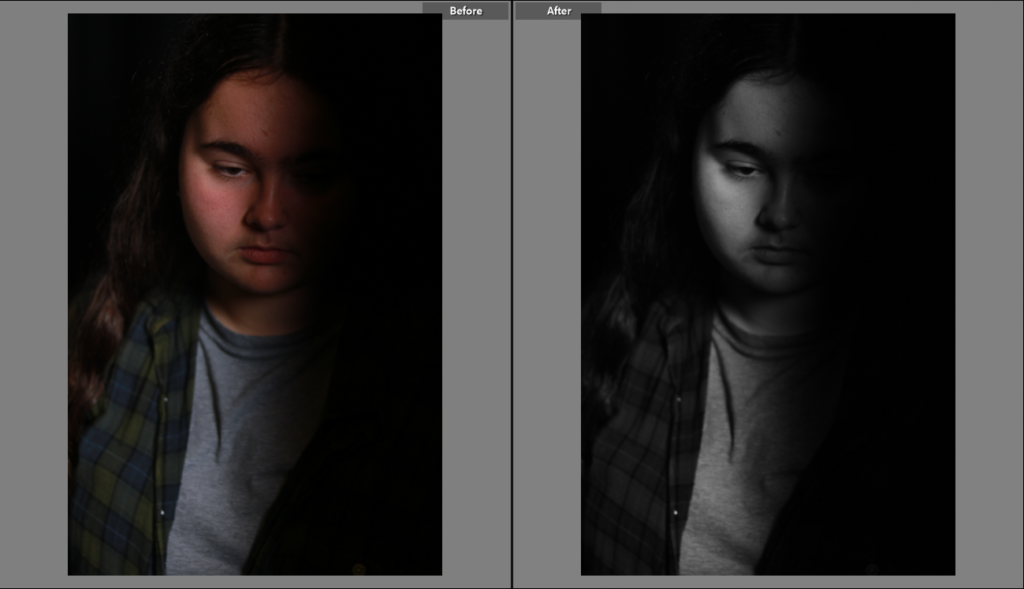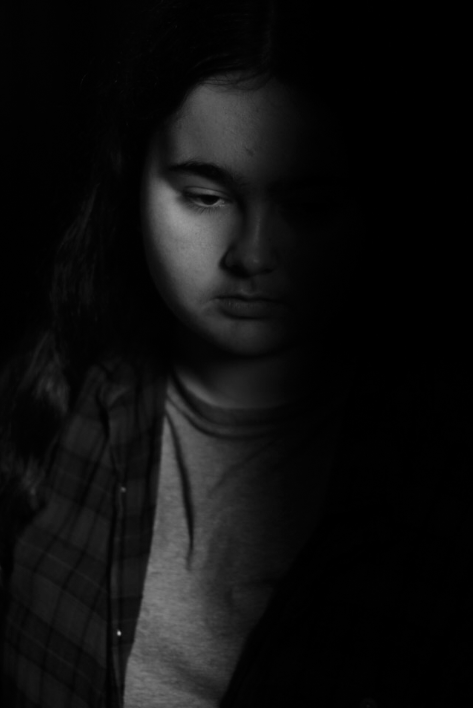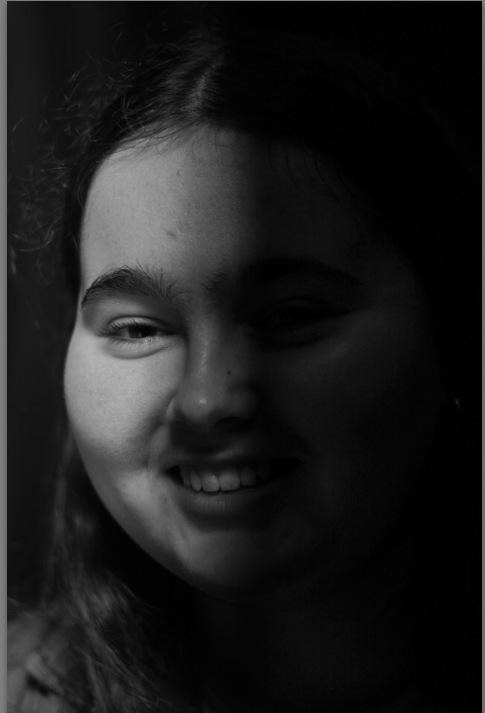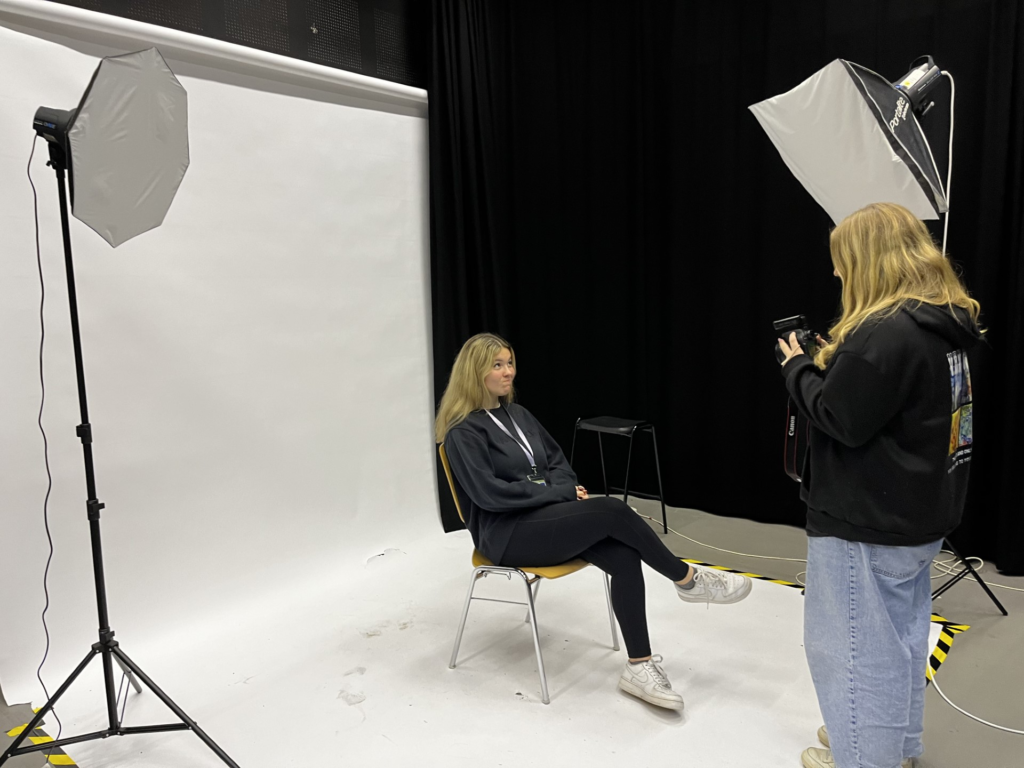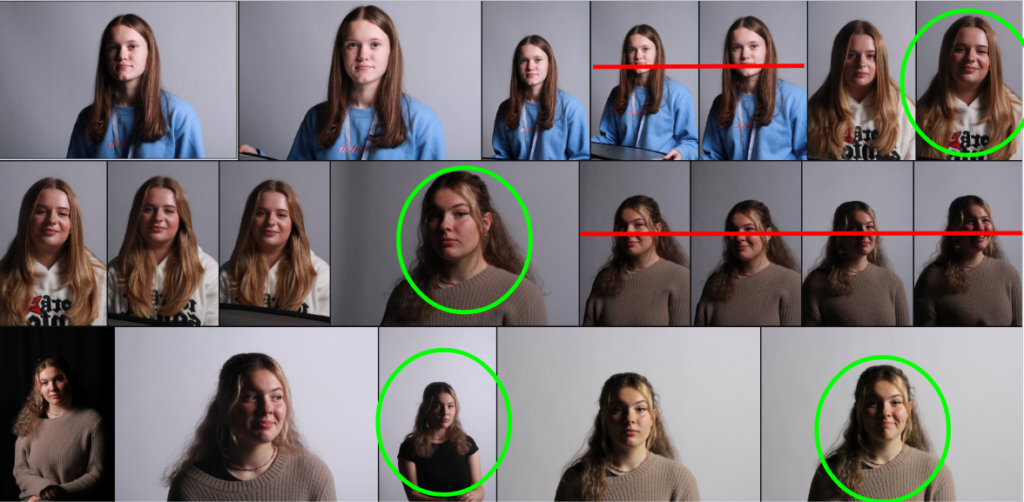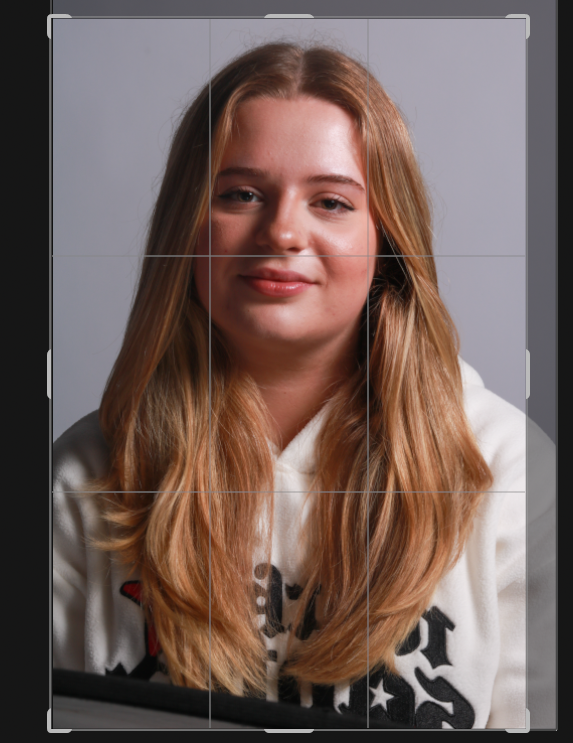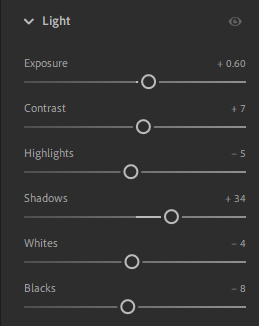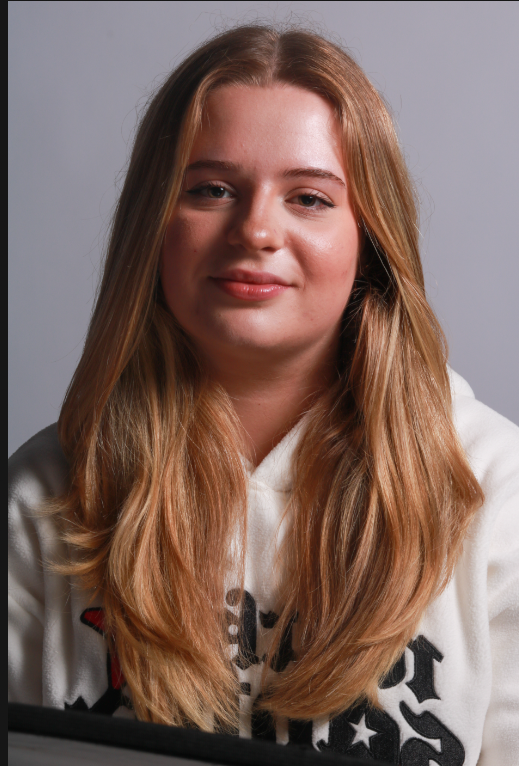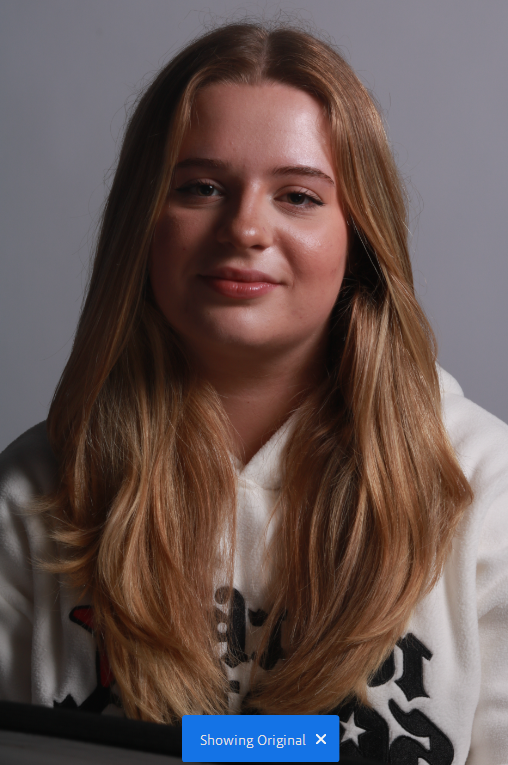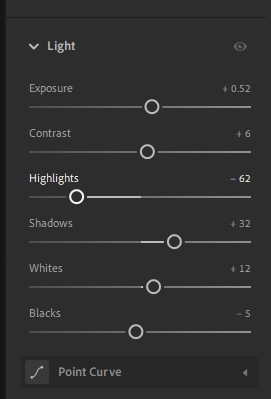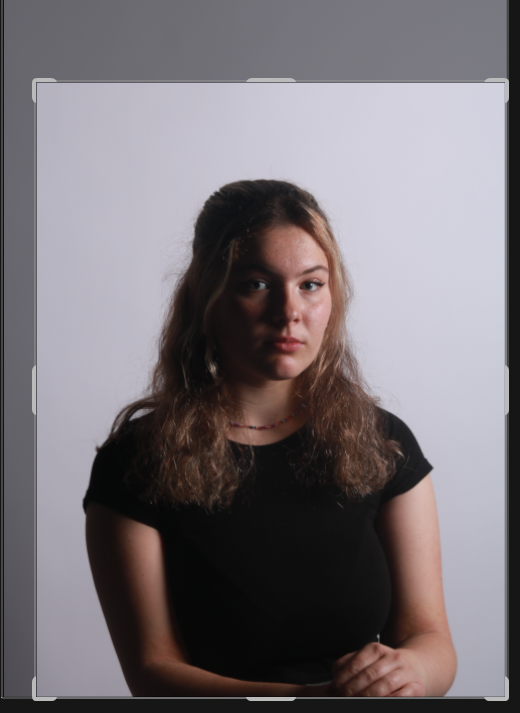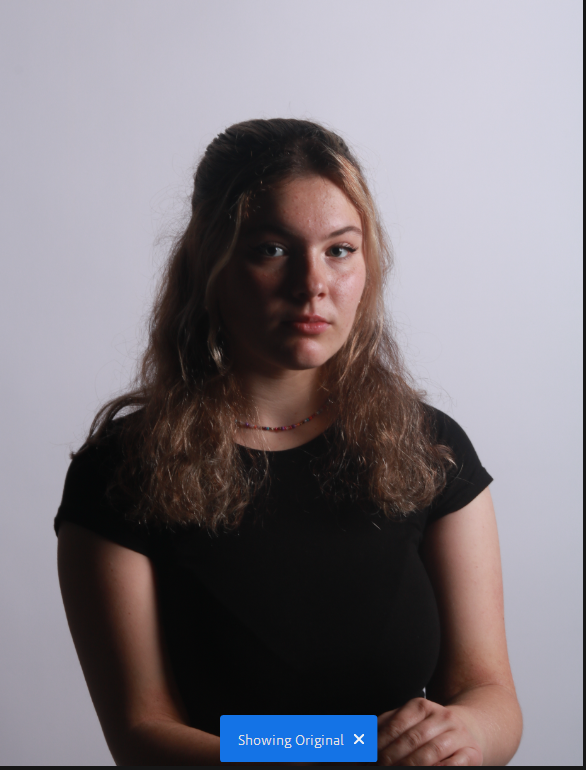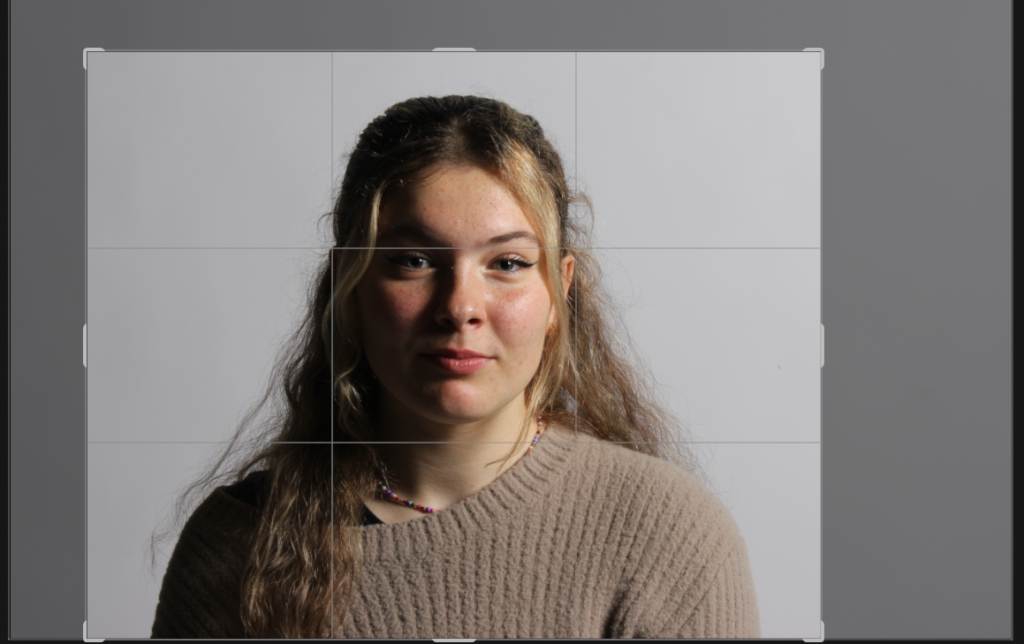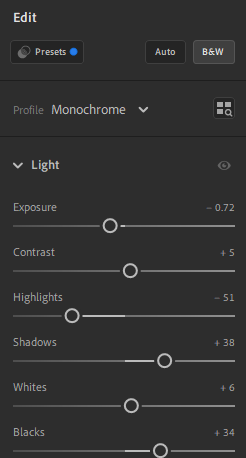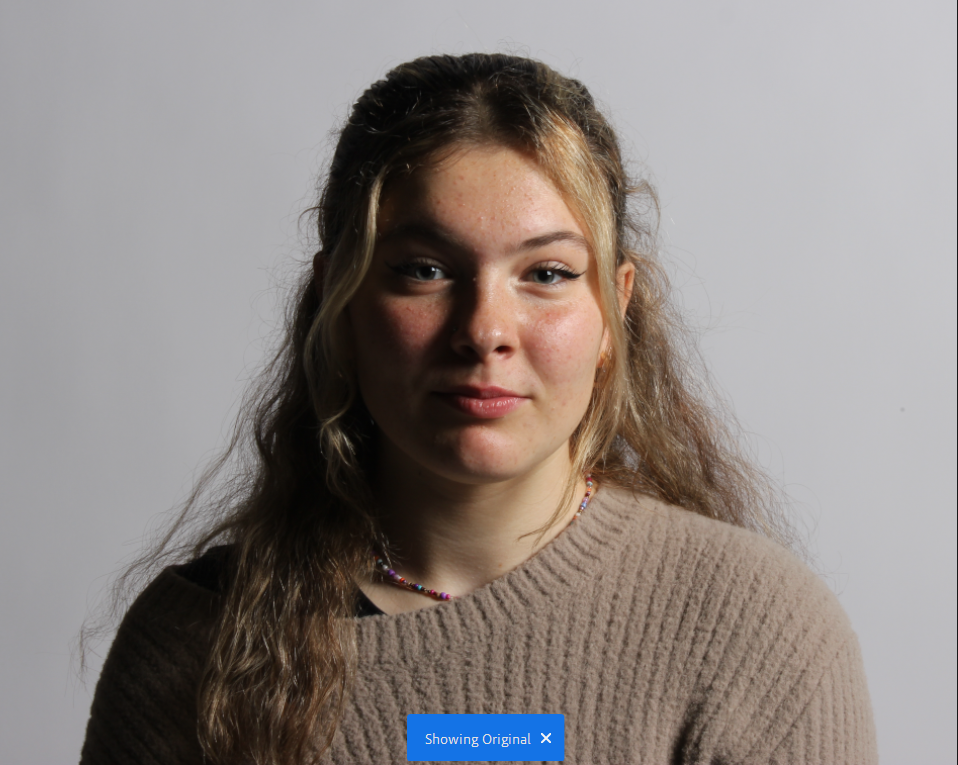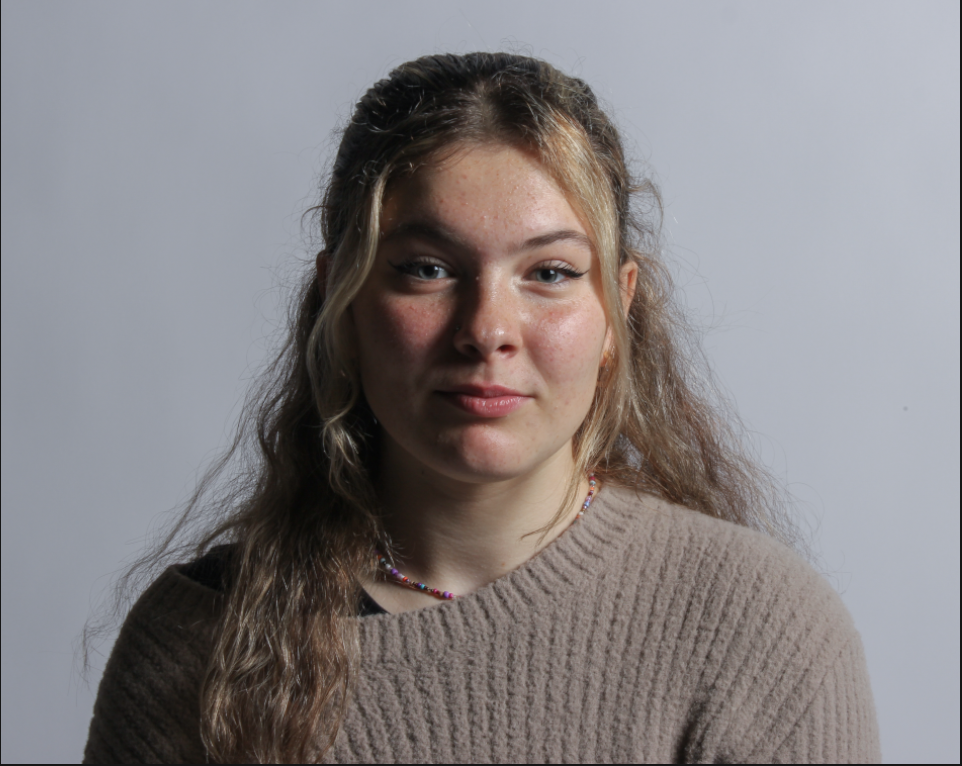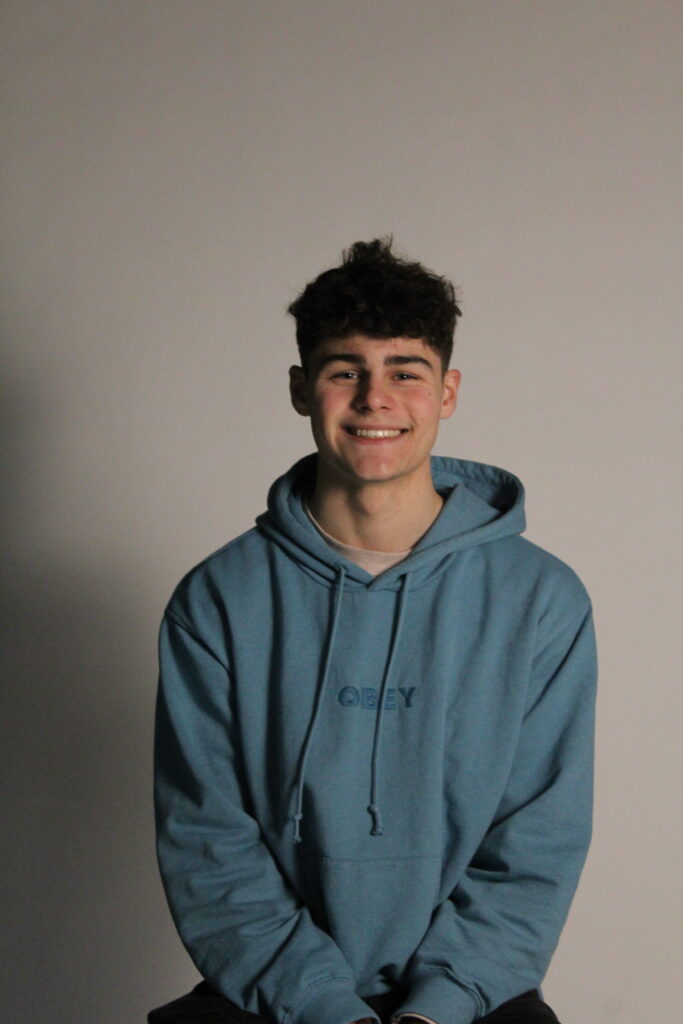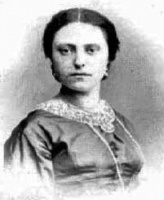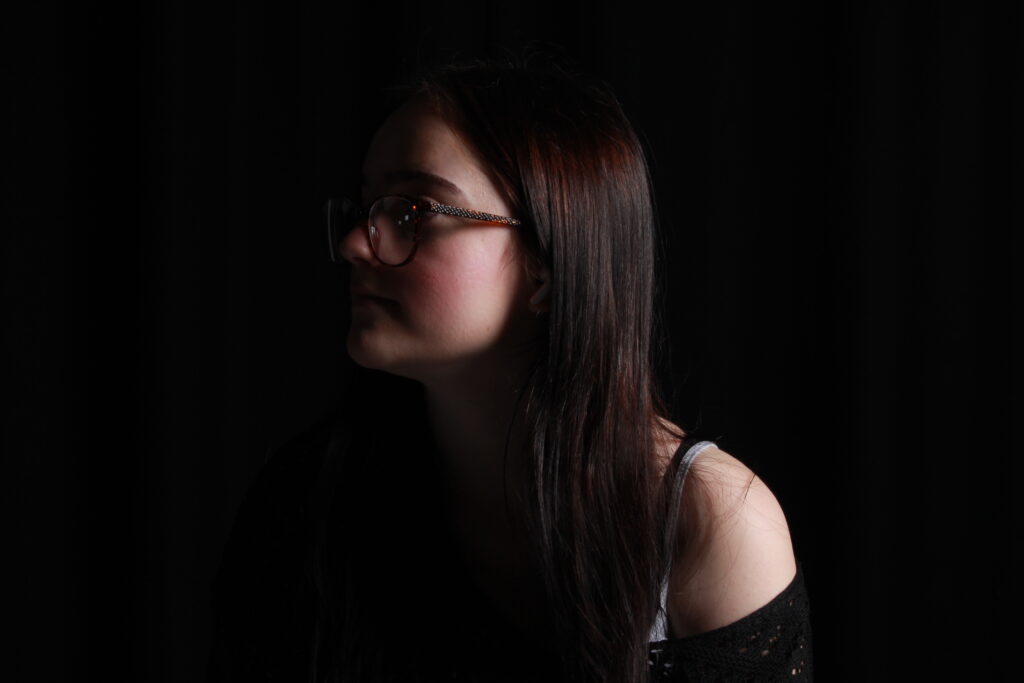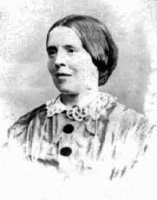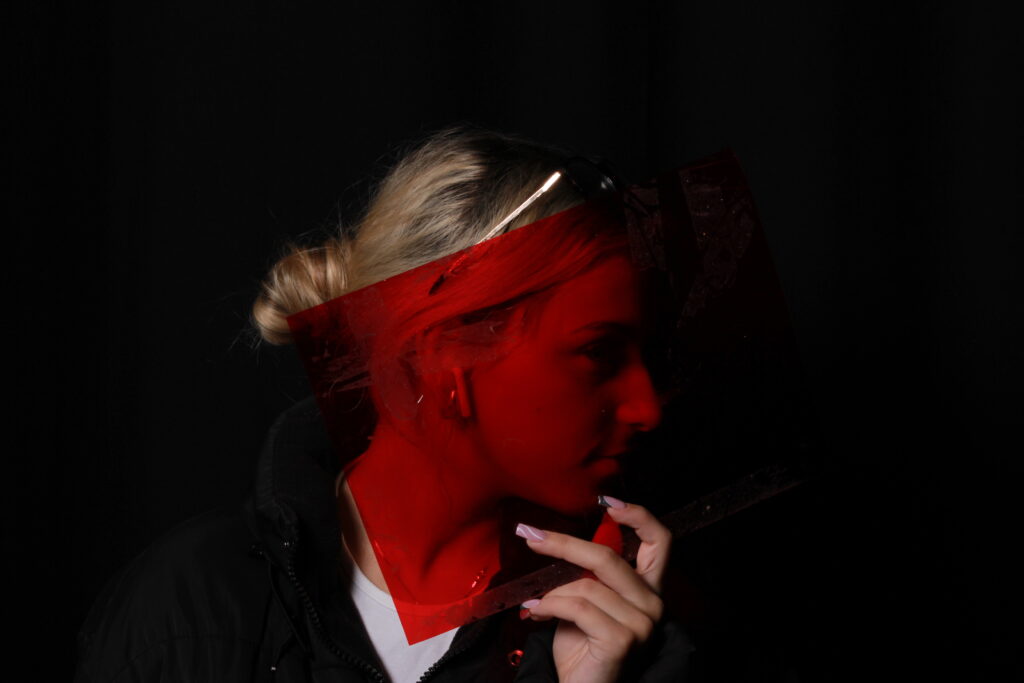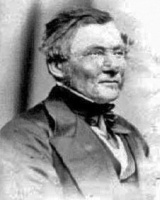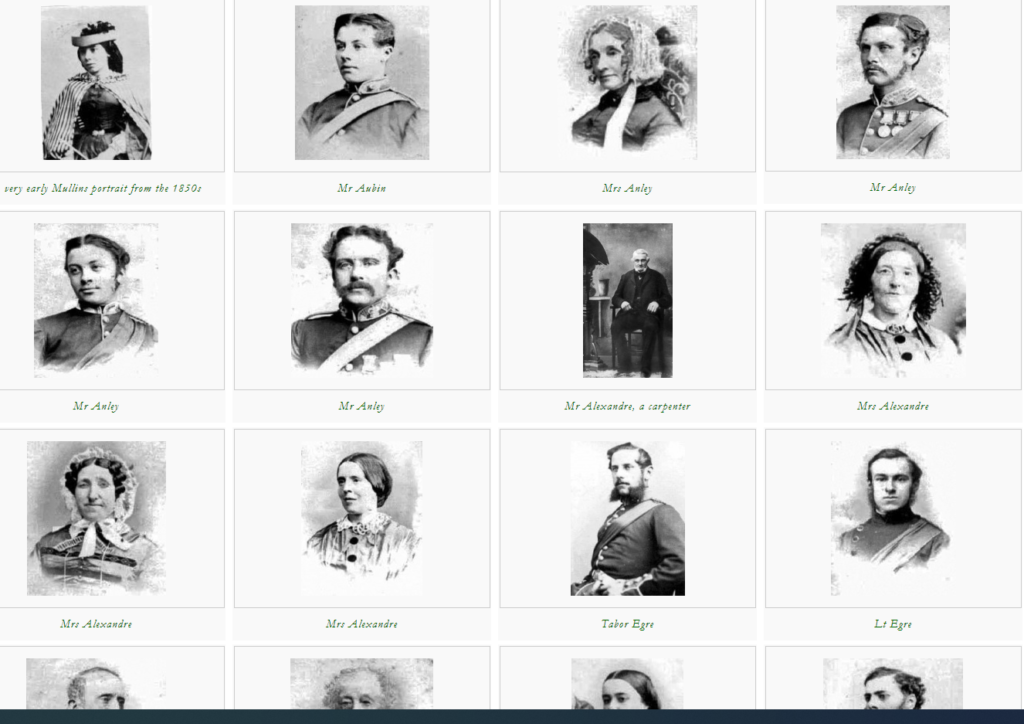Studio Lighting

Studio lighting is used for consistency as you can take lots of photos with the same colour and lighting.
It is also used as you can easily recreate lighting techniques in an environment which won’t change based on the outside environment.
Furthermore you can also experiment and create lighting setups in a studio by changing the position, intensity and temperature of the lights.
1 vs 2 vs 3 point lighting
A point is a light source and could be a key light, backlight, fill light and could even be a reflector.
1 point lighting only uses 1 light source (usually a key light), this could be a light facing someone in a studio, or if someone is outside, the light source would be the sun.
- 1 point lighting is important as without any lighting you won’t be able to see anything and the photo would just be darkness.
2 point lighting commonly uses 2 light sources or a light and a reflector
- 2 point lighting is usually placed at a 45degree angle from the subject and usually uses a main light and a fill light.
3 point lighting is common for portraits as it uses three light sources to control the shadows and make the subject well lit.
- 3 point lighting normally features a Key light which acts as the main light in the photo and creates the overall exposure.
- The second light normally used is the fill light which is used to control the shadows in the photo.
- The last light normally used in 3 point lighting is the backlight which is placed out of frame and provides a highlight for the upper part of the body or the hair.
Fill Lighting
Fill lighting is a popular style of lighting used in theatre, film and photography. Fill lighting is commonly used with a 3 point lighting setup to light up darker shadows in order to reduce the contrast to make the subject look more natural. Furthermore it can increase detail by giving more light to darker areas revealing areas of detail.


















